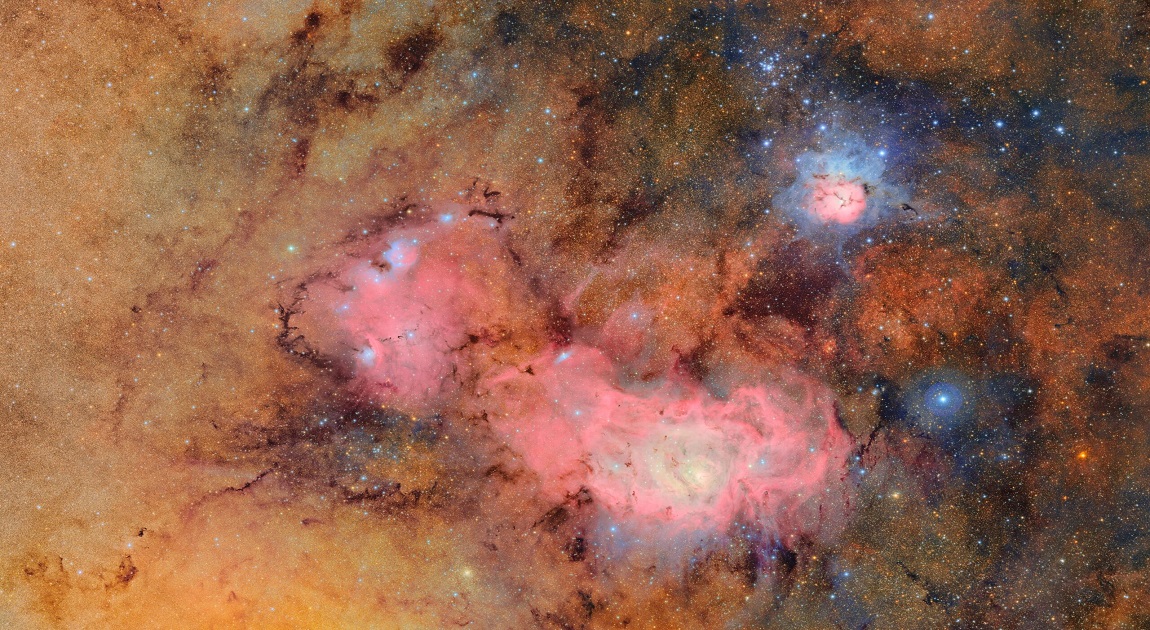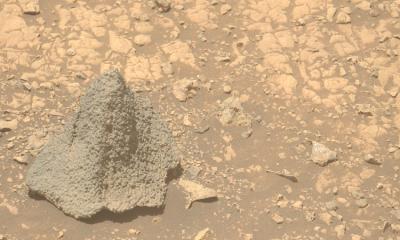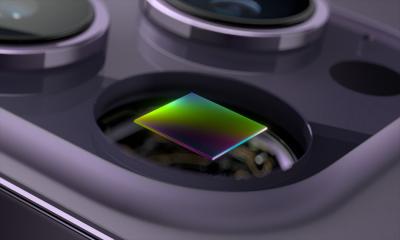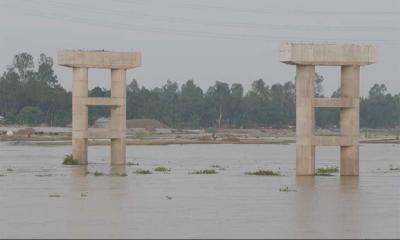For the first time, stunning cosmic images have been released by a powerful telescope equipped with a 3200-megapixel digital camera installed in the Andes mountains of Chile.
One of the images shows a star forming nearly 9,000 light-years away from Earth, surrounded by vast colorful clouds of gas and dust.
The telescope, located at the Vera C. Rubin Observatory, is home to the world’s most powerful digital camera.
Scientists believe it could revolutionize our understanding of the universe. It is expected to identify even a possible ninth planet in our solar system within its first year of operation.
This telescope can detect deadly asteroids approaching Earth and will create a detailed map of the Milky Way galaxy.
It will also provide crucial insights into dark matter — the mysterious substance that makes up most of the universe. Over the next decade, it will continuously capture images of the cosmos.
Professor Catherine Heymans of the Royal Astronomical Society in Scotland said, “I have personally waited 25 years for this moment. We have dreamed for decades of building such an extraordinary instrument.”
The UK is a major partner in this project and will operate a data center to analyze the enormous amount of data collected by the telescope.
This advanced telescope is located on Cerro Pachón, a mountain peak in the Chilean Andes, which offers ideal conditions for night sky observations due to its high altitude, dry climate, and darkness. The observatory’s dome is designed to completely block external light to ensure clear images.
The telescope uses three mirrors to collect light from distant space objects. Incoming light first reflects off an 8.4-meter primary mirror, then a 3.4-meter secondary mirror, and finally a 4.8-meter tertiary mirror before reaching the camera.
These mirrors require meticulous dust-free maintenance as even a tiny speck can degrade image quality.
Its most remarkable feature is the 3200-megapixel camera, which is 67 times more detailed than the camera on the latest iPhone 16 Pro.
The camera’s resolution is so fine that it could photograph a golf ball on the moon, and the resulting image would need 400 ultra-HD TV screens to display in full detail.
The telescope will capture images of the night sky every 40 seconds, operating for 8 to 12 hours each night. Its dome and mount can move very rapidly to scan the sky efficiently.
Engineer Guillem Megías, involved with the project, said, “When the first image came through, it was a special moment. One colleague has been involved since 1996, and I was born in 1997 — this shows it’s the fruit of an entire generation’s dedication.”
Hundreds of scientists worldwide will analyze the telescope’s data, which could reach up to 10 million pieces of information per night.
The project focuses on four main scientific areas: monitoring transient objects in the sky, studying the structure of the Milky Way, mapping the solar system, and exploring dark matter and the origin of the universe.
Its greatest strength lies in continuous observation; the telescope repeatedly scans the same regions and alerts scientists instantly to any changes detected. This capability could reveal phenomena previously unknown.
Professor Heymans added, “The variability aspect is the most novel and exceptional part. It could show us things we never imagined.”
The telescope also contributes to Earth’s safety by tracking potentially hazardous asteroids, such as the recent concern about asteroid WY4. Its large mirrors can detect faint light and distortions from such objects, helping predict their trajectories.
Professor Alice Dyson of Durham University said, “We have never had such a vast database to study our galaxy before.”
The new data will allow scientists to trace how far stars in the Milky Way have expanded back in time. Currently, data from stars extend about 163,000 light-years, but thanks to the Vera Rubin telescope, this reach could extend to 1.2 million light-years.
Additionally, the telescope may finally provide conclusive evidence regarding the existence of the long-suspected ninth planet in the solar system, which could be up to 700 times farther from the Sun than Earth.





































